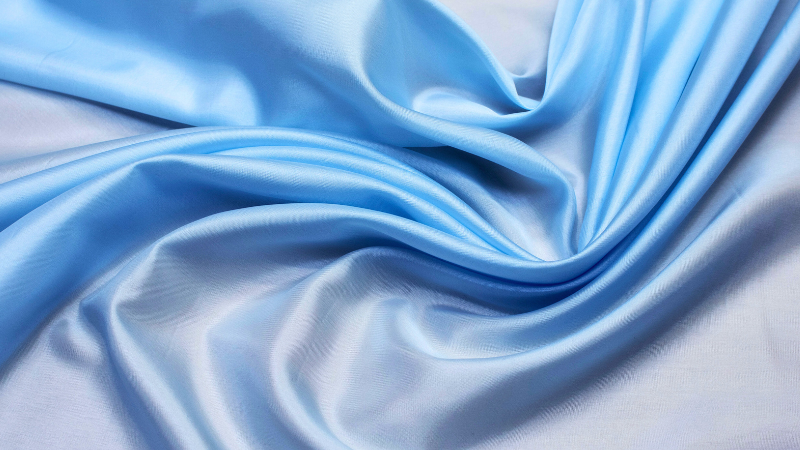
When selecting the ideal fabric to use in your clothes, beddings or home fabrics, the rayon and cotton debate may seem daunting. The two fabrics are popular in the fashion and home products industry, although each has distinct features.
Be it softness, breathability or durability, knowing the main differences between rayon and cotton will enable you to make a wiser and more informed choice that will fit your needs and lifestyle. Let us take a closer look at the properties of each of the fabrics, so that you can make the right choice in your next purchase!
What Is Rayon Fabric?

Rayon is a semisynthetic fabric that is produced by regenerating cellulose (mainly wood pulp). The process involves extraction of cellulose fibers in natural products such as bamboo, beech or eucalyptus trees. This cellulose is converted into fibers, chemically treated and spun into fabric. Viscose rayon is made of natural materials; however, the large amount of chemicals used in the production process makes it a semi synthetic fiber.
Rayon is soft and smooth with a silk-like drape hence applied in the high fashion apparels that demand a smooth, luxurious and polished appearance. It is commonly applied in dresses, blouses, skirts and evening wear. These types of rayon fabric comes in various forms, some of which are viscose, modal, and lyocell with slightly varying natures and advantages, but with the same silky touch and smooth texture.
What Is Cotton Fabric?

Cotton fabric is manufactured out of the seed fiber of the cotton plant, which is a natural fiber that has been used in the textile industry since the ancient times. The biggest advantage of cotton fabric is that it is breathable, soft, and durable, which is why it is the most popular material used in everyday garments and beddings.
Cotton is a natural fiber that does not have to be chemically processed, unlike rayon, which is why it is a more environmentally friendly fiber than most synthetic fabrics.
Cotton is a world crop that is grown in tropical and subtropical areas. This textile product exists in various forms such as organic cotton, Pima cotton and Egyptian cotton fibers. These types provide specific advantages, however, all of them preserve the main properties of cotton softness, breathability, and comfort.
Organic cotton does not require any synthetic chemicals or fertilizers to be grown in the fields, therefore, it is a more sustainable option when considering the choice of eco-friendly consumers.
Rayon vs Cotton: What’s the Difference?
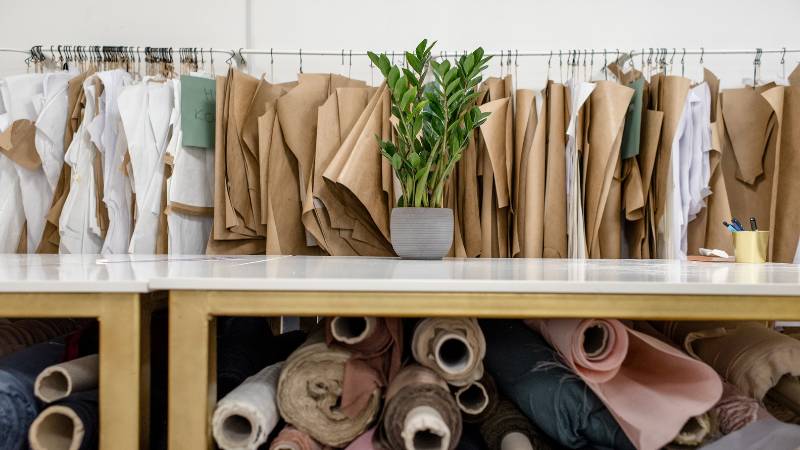
Here is an in-depth side-by-side comparison of rayon and cotton on the basis of major features:
| Feature | Rayon | Cotton |
|---|---|---|
| Origin | Wood pulp | Plant fiber made of cotton plant |
| Feel | Very soft, smooth and silky, fluent | Breathable, light and lightly textured |
| Moisture Absorption | High | High |
| Durability | Moderate | High |
| Breathability | Good | Excellent |
| Wrinkle Resistant | Low | Moderate |
| Shrinkage Risk | High | Moderate |
| Eco-Friendliness | Varies | Excellent |
| Cost | Moderate | Affordable |
Origin and Composition
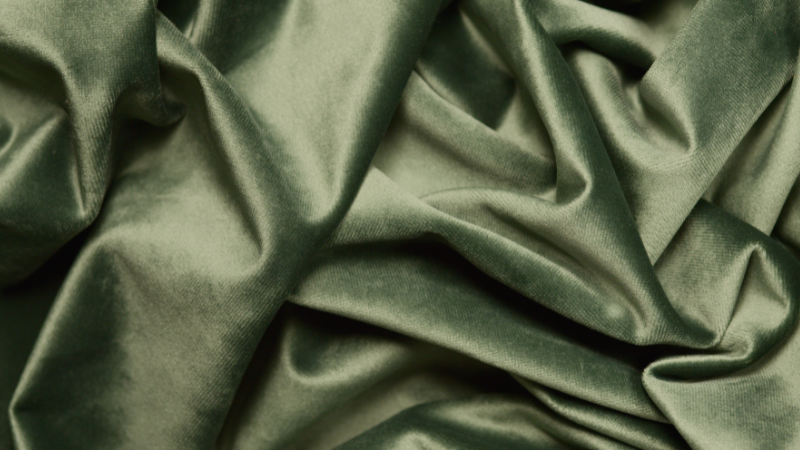
Rayon is produced with the help of regenerated cellulose that is obtained using wood pulp. Cellulose is further processed to produce cellulosic fibers which are woven into a cloth. Rayon is a renewable material since its raw materials are bamboo and eucalyptus, and the environmental concern is with the chemical processes. Cotton, on the contrary, is an entirely natural fiber, that grows on seed hairs of the cotton plant. Cotton does not have to be transformed chemically to make it into fabric like rayon.
Feel and Texture
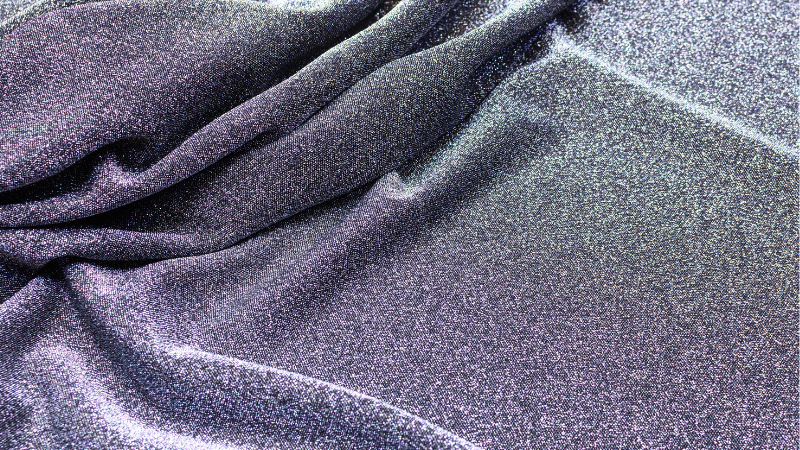
Rayon is a valued material because of its silky texture that makes it smooth and luxurious to the touch. It is common in clothing such as dresses, skirts and blouses where one would be wanting flowing and elegant drape. Rayon has smoothness that looks polished like silk giving it a classy appearance at low cost of silk. It is ideal for people who seek luxury but at a lower price.
Cotton, however, is naturally soft and more textured as compared to rayon. It is breathable and comfortable and therefore suitable as everyday wear. Cotton fabric is also breathable and has moisture-absorbing properties which makes it a good option in warmer seasons because it is more breathable. This is why cotton t-shirts, bed sheets and underwear are best suited to hot weather conditions, where the main priority is to remain cool and comfortable.
Which Fabric Is Better: Rayon or Cotton?
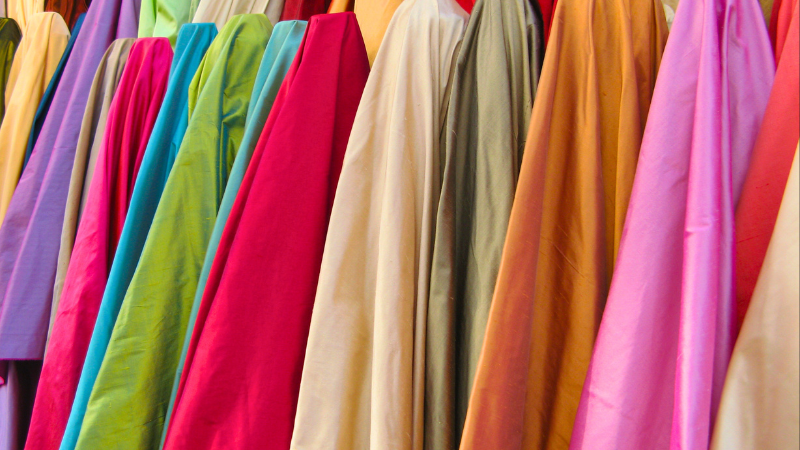
The decision to use rayon or cotton should be made depending on your personal needs. Both fabrics have their own advantages, and it is necessary to take into account such aspects as comfort, durability, breathability, and the event to understand which of them is more suitable to your way of life.
Choose Rayon for:
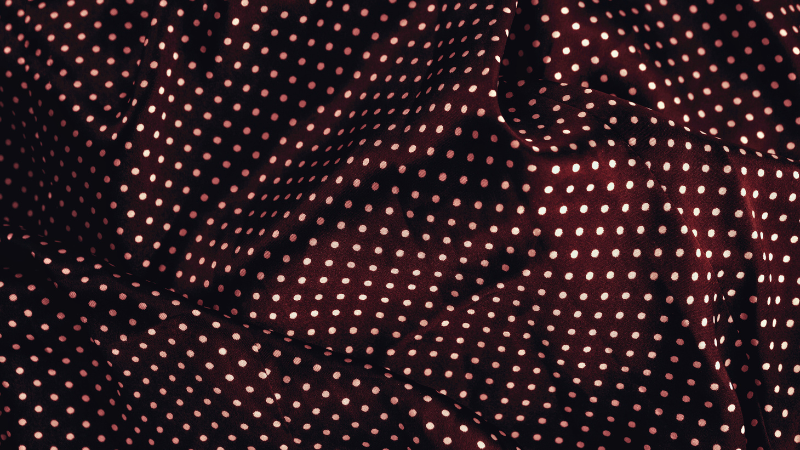
- Summer clothes: Summer clothes should be lightweight and flowy and Rayon is lightweight and breathable making it ideal to use in summer clothes such as dresses, skirts, and blouses. It is soft like silk yet elegant and the moisture-wicking capability makes you feel cool and comfortable during hot weather.
- Formal or dressy occasions: Rayon resembles the rich look of silk but at a lower cost, therefore, it is suitable when going out on a formal occasion. It has a classy, elegant appearance and its flowing fabric makes it ideal on evening dresses, cocktail dresses and dress shirts.
- Fashion-forward clothes: Rayon is also versatile and fluid, which makes it ideal to design fashion-forward clothes. It hangs well and takes bright colors, so it is a favorite fabric to use on statement blouses, skirts and layered dresses that bring a little luxury to a low price.
Choose Cotton for

- Everyday wear: Cotton is breathable, soft and durable, and thus the best fabric to be used in everyday wear such as t-shirts, jeans and active wear. It is comfortable, durable and can be washed many times and still remain soft and comfortable.
- Sensitive Skin or Allergies: Cotton has hypoallergenic qualities and is suitable to use on sensitive skin and minimizes the chances of irritation. It is ideal for people with allergies as it is soft, breathable and non-abrasive and also bacteria resistant.
- Organic cotton seekers: Organic cotton does not use any synthetic chemicals in its growth, and this makes it an eco-friendly option to those buyers who are keen on the environment. It is healthier in terms of farming, less harmful to the environment and encourages biodiversity, which makes it a great choice of casual wear and home textile.
Environmental Impact: Rayon vs Cotton
It is also necessary to take into account the environmental effect of fabrics during selection. Both rayon and cotton possess different environmental impact in terms of production process, resources they use and other sustainability aspects.
Rayon Production and Environmental Concerns
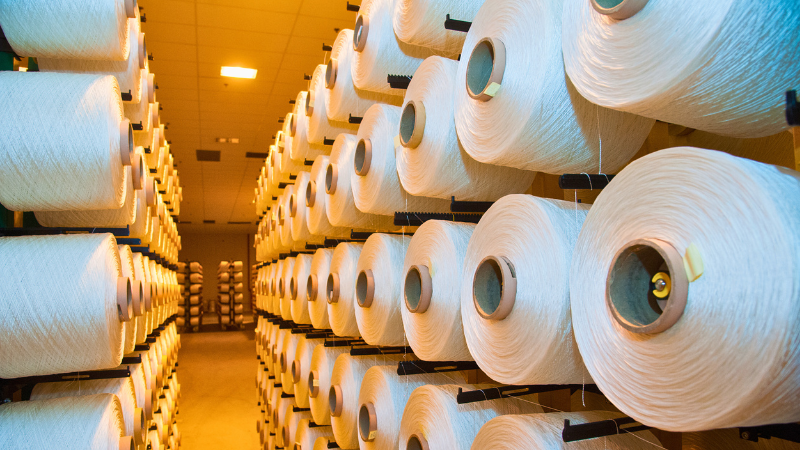
The environmental problems related to the production of rayon are connected with the chemicals and raw materials which are used in the process of manufacturing modal rayon. The large scale utilization of wood pulp in the rayon manufacturing process has resulted in deforestation especially in the tropical and subtropical areas, which destroys the habitat and results in a loss of biodiversity. This has helped in increasing the demand of more sustainable products by the rayon manufacturers.
For example, lyocell, which is made through closed-loop process that recycles both water and chemicals has a minimal impact on the environment. In spite of these more environmentally-friendly alternatives, the environmental impact used to produce rayon materials continues to pose a serious problem to the textile industries manufacturing rayon.
Cotton Cultivation and Water Usage
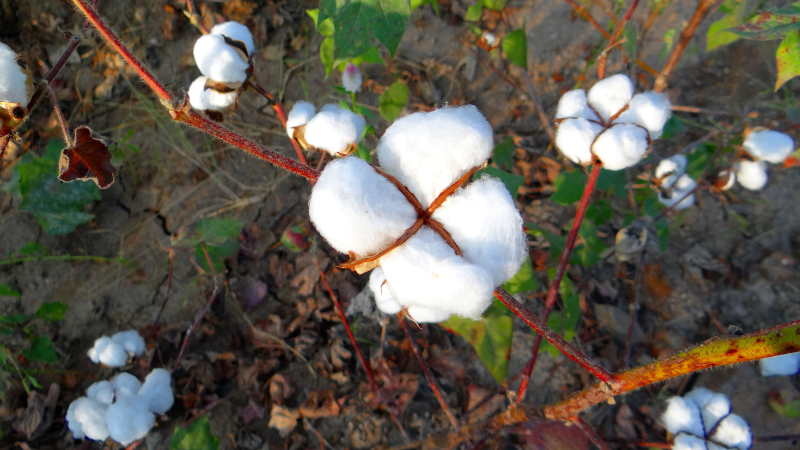
Cotton cultivation is very problematic to the environment, mainly because of the water it uses a lot of and also the use of chemicals. It takes about 10,000 liters of water to make a kilogram of cotton; the same quantity of water that could fill a normal swimming pool.
This high consumption of heavy water is experienced mostly in such countries as the United States, India, and China where mass production of cotton is carried out.
Also, traditional cotton cultivation is largely dependent on the use of pesticides and fertilizers that may compromise the quality of soil and pollute the surrounding water bodies. But there is a more sustainable alternative to cotton farming, which is organic cotton farming.
Organic cotton, which is not grown with the help of artificial chemicals, requires 71% less water, which leads to healthier ecosystems as well as a lower impact on the environment. Although organic cotton is a more environmentally friendly solution, the water consumption of conventional cotton cultivation is one of the key environmental issues that should be resolved.
Organic Cotton and Eco-Certifications
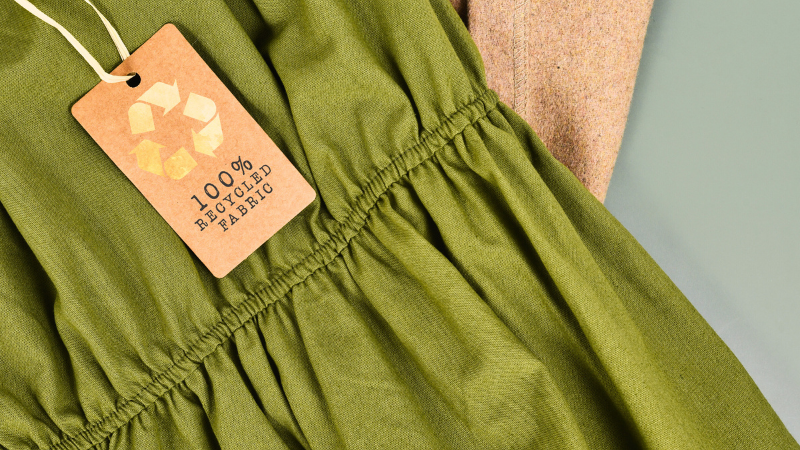
Organic cotton is a better alternative to traditional cotton production since it does not require toxic chemicals, pesticides and artificial fertilizers. This is not only environmental friendly, but also healthy to the farmers who no longer have to come into contact with the toxic synthetic materials.
Among the most important strengths of organic cotton, the possibility to save water should be mentioned organic farming methods demand much less water than traditional ones.
Additionally, the production of organic cotton assists in safeguarding biodiversity as it supports ecosystems that allow diverse plants and animals to live in them.
To guarantee the sustainability of growing and processing of cotton products, one should seek out such certifications as OEKO-TEX 1927, GOTS (Global Organic Textile Standard) and FSC (Forest Stewardship Council).
These certifications ensure that the cotton was grown in a sustainable way, and that the environmental impact, the welfare of the workers and ethical sourcing were taken into consideration, which is why they are reliable indicators of environmentally-minded consumers.
Care Tips for Rayon and Cotton
It is also necessary to take good care of your fabrics in order to make them look good and to last longer. Both rayon and cotton have certain care regimes that can be followed in order to preserve them in the best possible condition and knowing how to take care of each type of fabric will allow you to make the most out of your clothes and home textiles.
Rayon Care
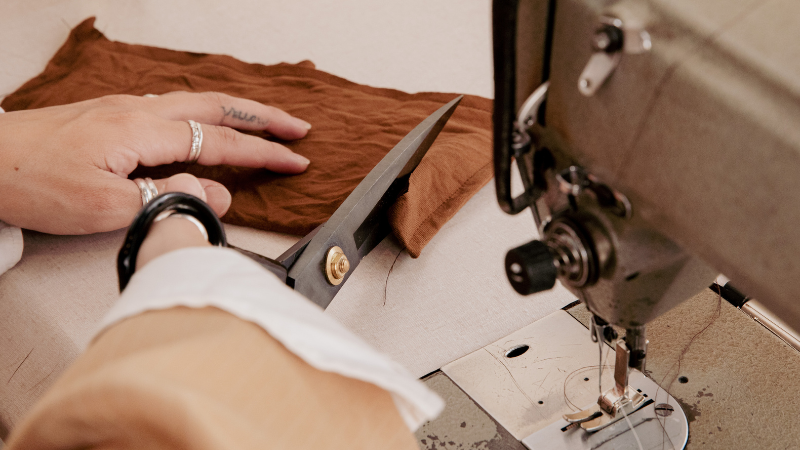
Rayon fabrics need some special attention to take care of them as they are very delicate and can get damaged because of their chemical composition.
- Wash by hand or a gentle cold setting: Rayon is quite delicate and it is recommended to wash it in a soft way. Cool water should be used to wash its apparel to avoid the agitation that would lead to its stretching or distortion.
In case you have no other choice but to use a washing machine, use delicate cycle and put the item in a mesh laundry bag so that there is no friction. Wash cold water always to reduce the chances of shrinking or fading of color. - Wringing or tumble drying: Rayon fabric is prone to damages when subjected to high temperatures or when it is subjected to too much friction. Rayon can be distorted by wringing out and this makes the fabric lose its shape.
Rather, the excess water should be pressed out by using a pair of towels to press the fabric. Avoid using tumble dryers because it may shrink and break the rayon fibers and also develop wrinkles.
Air drying, i.e. laying the rayon sheets flat on a clean and dry towel or hanging the garment on a drying rack should always be chosen. It should not be exposed to direct sunlight because it fades. - Iron on a low heat with a pressing cloth: Rayon material is easily destroyed by a high temperature and the smooth texture and gloss are easily lost. During ironing, iron with minimum heat and press cloth to make the fabric not to come in direct contact with the iron.
This will avoid occurrence of burning or shinny areas on the surface of the fabric. Another method that could be used to attain a smooth finish is steam ironing with no chance of destruction. In case your piece of clothing is particularly wrinkled, you should steam it rather than iron to minimize the chances of squashing its semi synthetic fiber properties.
Cotton Care
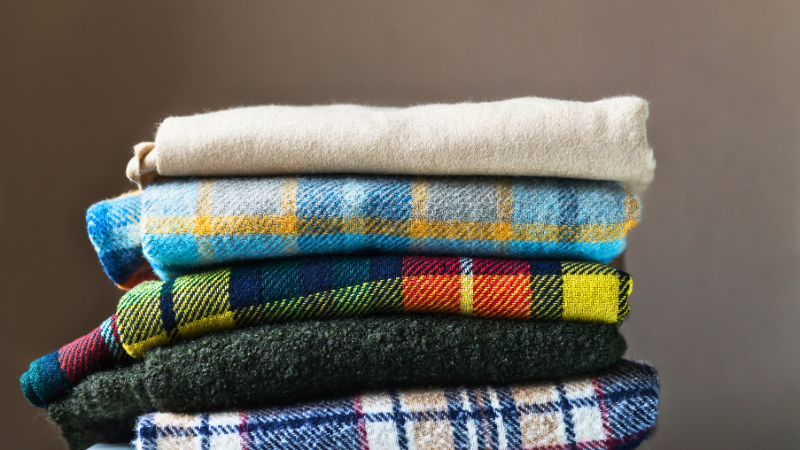
Cotton is a very strong and low-maintenance material, however, it also requires certain maintenance to maintain its appearance.
- Machine wash: Most cotton materials can be washed by machine, it is important to note though the temperature of water. Cotton should be washed in cool or warm water to avoid over shrinking. The fibers are likely to shrink drastically due to hot water, which tightens the natural fabrics.
When you are cleaning a new cotton item, it is good to know that a new upland cotton garment can shrink by about 5-10 percent after the first wash and it is therefore advisable to take note of this when the garment fits tight. - Select pre-shrunk cotton when possible: When purchasing something such as sheets, towels or clothing, it may help to select a pre-shrunk cotton. Although cotton is expected to shrink the first time it is washed, the pre-shrunk cotton has already been shrunk, and thus it will not shrink as easily as the normal cotton.
You can also hang dry or line dry cotton pieces of clothing, especially the delicate ones, in order to prevent undesirable shrinking. - Medium-high heat: Cotton wrinkles easily, which is why it is frequently necessary to iron it and make it look fresh and tidy. Put the iron on medium-high temperature and apply steam to get rid of deep wrinkles.
In case of cotton sheets and clothes, iron them when they are still slightly wet so that you can easily get rid of the wrinkles. In-case you do not like ironing, you can spray wrinkle-removing fabric spray to set the creases or use clothes steamer to refresh your cotton clothes without direct heat.
Final Thoughts: Which Fabric Suits You Best?
Rayon is a good option to use in case you want a silk-like material with high-end feel and a luxurious drape. The soft flowing effect of the silk makes it suitable to formal attires, special events and haute couture that require a bit of class.
Rayon provides the same luxurious feel and appearance of silk, at a lower cost, and this is why it is popular in the fashion industry when it comes to designing elegant clothes without straining the wallet. Cotton, on the other hand, is very breathable and durable.
Being the fabric of choice in everyday clothes, bedding, and casual wear, cotton offers unsurpassed comfort, which makes it perfect to wear all day and to use over a long period of time.

You can either go organic cotton which is more environmental friendly or conventional cotton because it is soft but regardless of what you pick, cotton is a necessity in our lives because of the natural fibers it has and how soft and warm it is.
In case you need an ideal balance, then you should think of rayon and cotton blends. These provide the luxury sensation of rayon with the comfort of breathability and sturdiness of cotton. Yanmao is both environmentally and quality conscious and makes sure every product is of the best standards in terms of comfort and durability.





